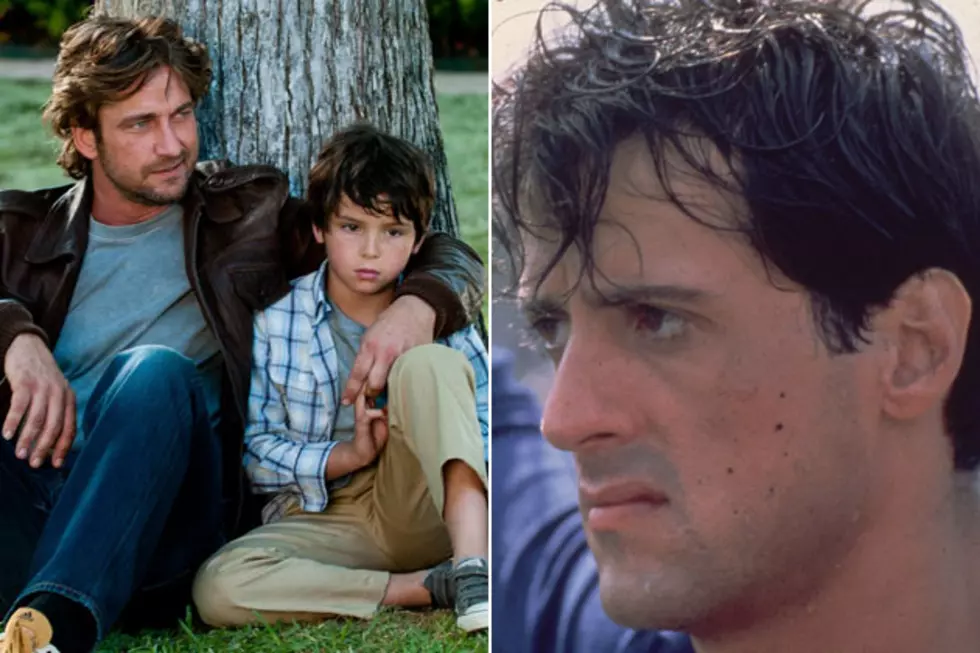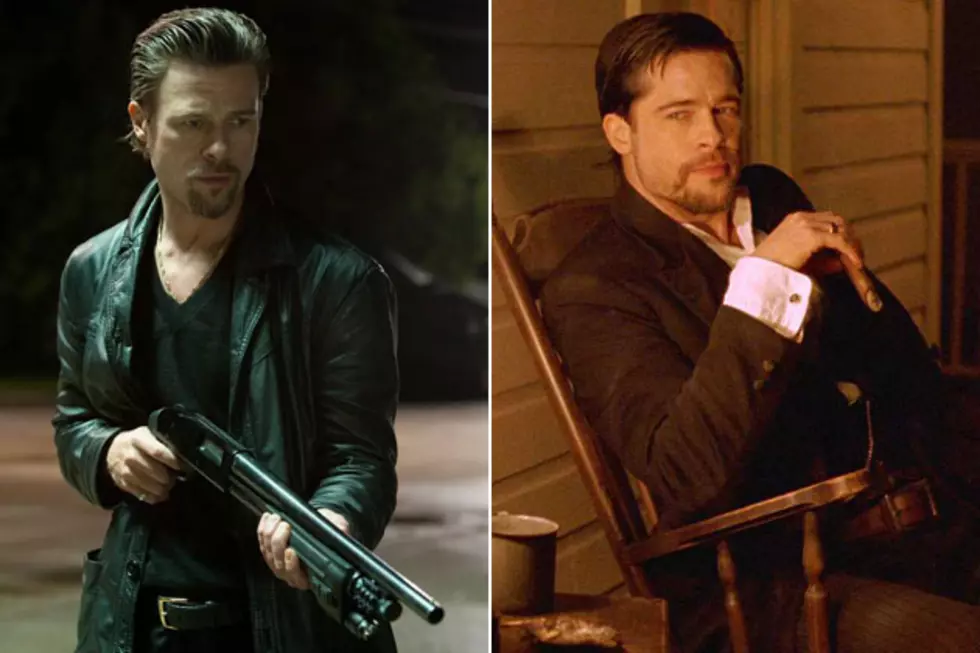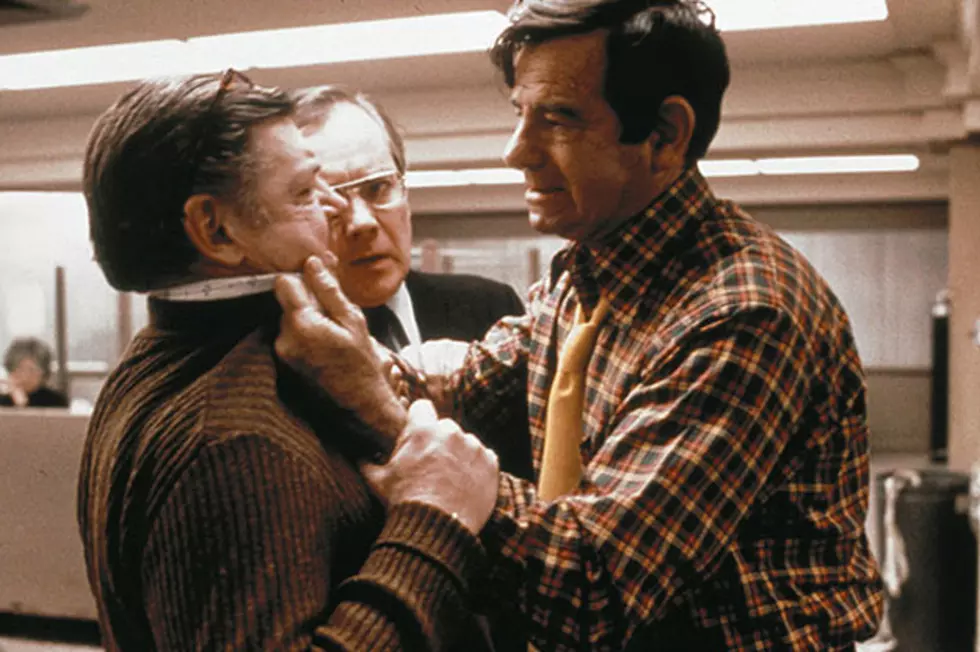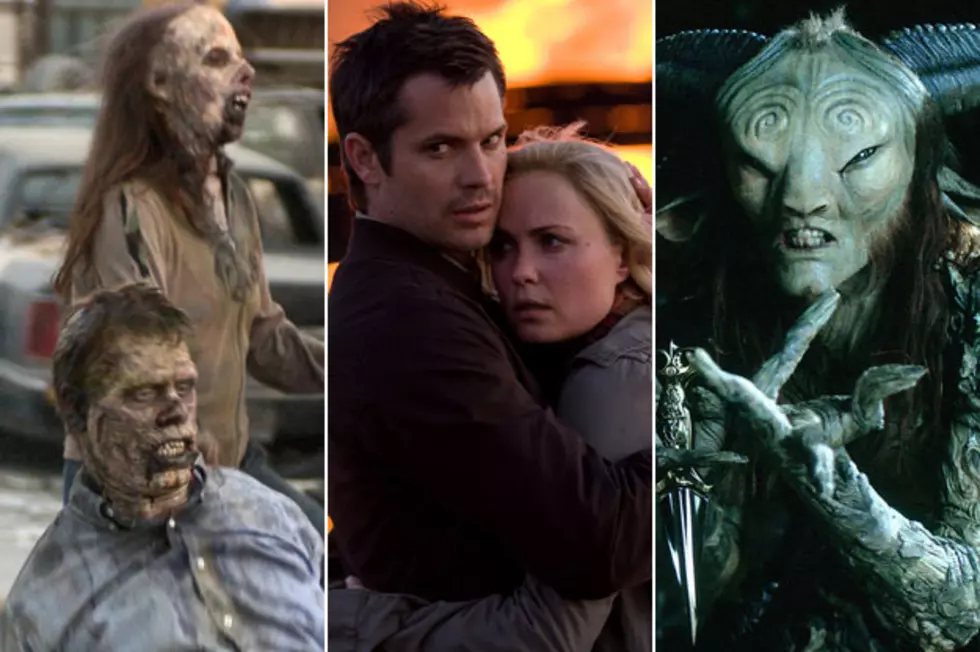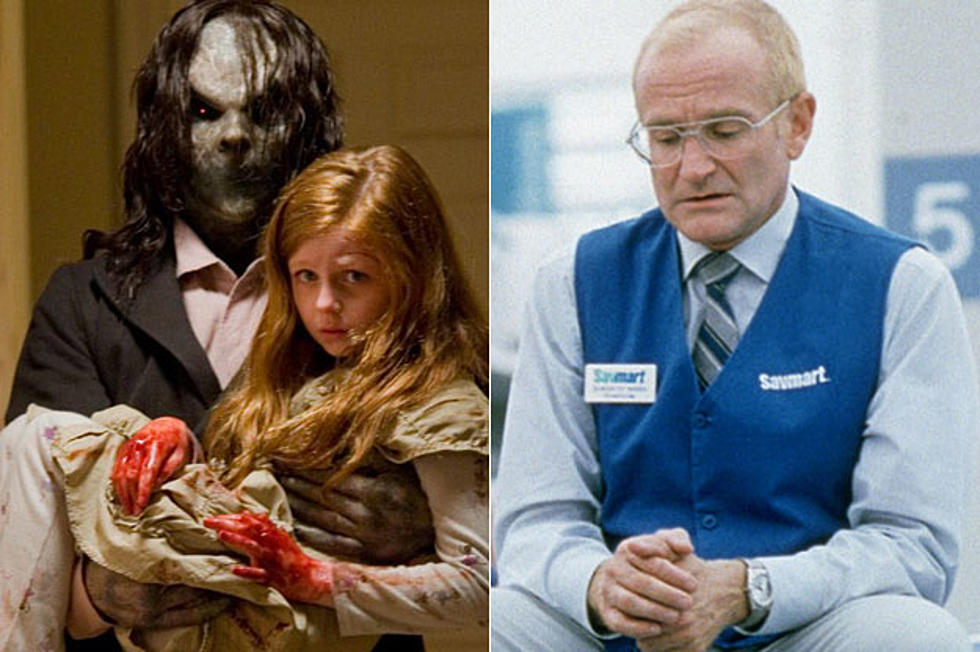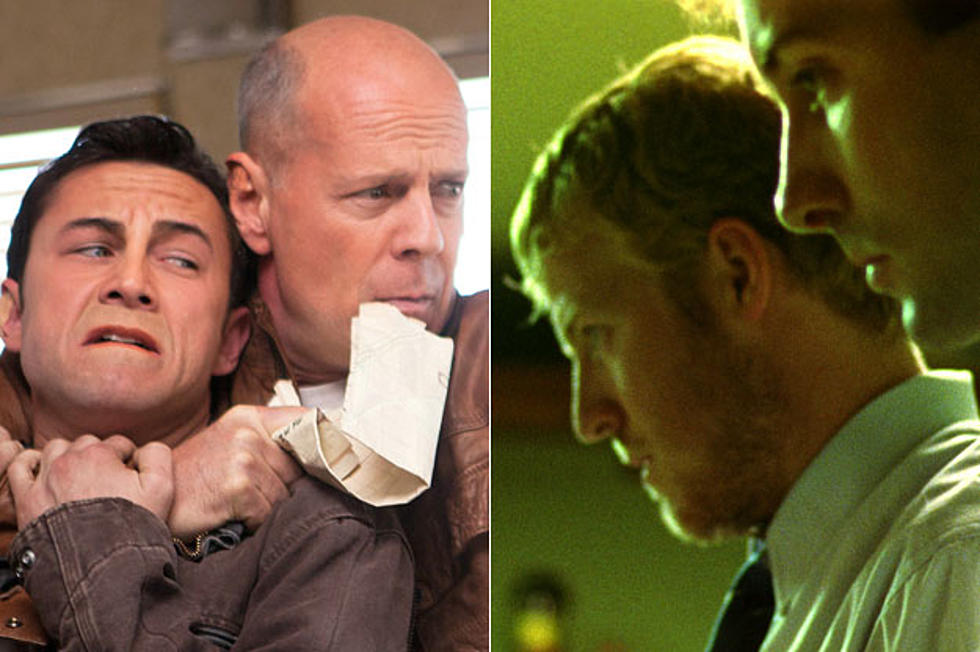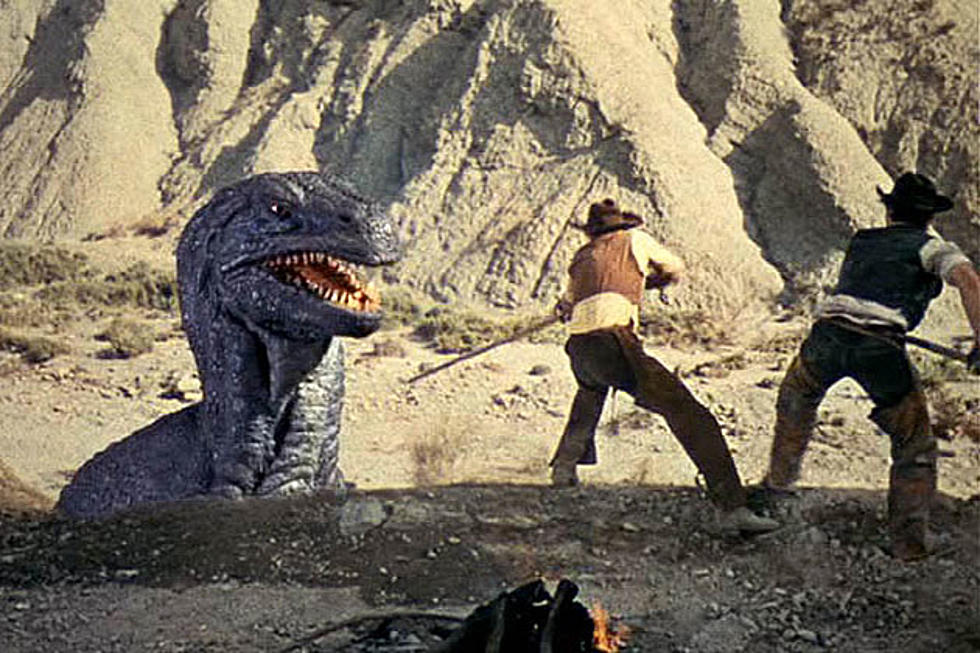
Retro Rental: Re-Watching ‘The Valley of Gwangi’
[Each week, depending on what's in theaters, what's in the news or what's on his mind, film critic James Rocchi brings you The Retro Rental, an older film on disc or download that connects with the here-and-now. ...]
Last week, I did something incredibly foolish and re-watched what was my favorite film when I was, let's say, 12. That statement sounds a little inverted -- Why would watching a fave film from the past be a bad idea? -- but let me also add that this was a film I had not seen since I was, let's say, 12, and thus one that lived now, as the narrator says at the end of 'The Road Warrior,' "only in my memory." But I had a head cold and Netflix and, you know, these things happen. No one, and I mean no one, who has a head cold ever said, "Hey, let's just get some tea and soup and watch 'Munich,'" you know?
And I'll admit: I was curious how that film, 'The Valley of Gwangi'(go ahead, laugh at the title) would appear to my older, cynical eyes. Do we remember some movies better than they play? Do we cut out the bad and remember the good? To briefly recap, 'The Valley of Gwangi' was a 1969 creature feature, directed by Jim O'Connolly -- but the name that adds real marquee value to it as a film isn't Connolly or stars James Franciscus or Gila Golan (and I'm full aware that I'm using the term "stars" broadly here). The real star is stop-motion animator Ray Harryhausen, who is as close to a living legend of film making as we get. Harryhausen was born in 1920, and soon found work with Willis O'Brien, the man who brought King Kong to life (and who came up with the story idea for 'Gwangi,' but died before he could film it). And Harryhausen's stop-motion magic had brought so many films to life for me even by that age -- 'Jason and the Argonauts,' 'Sinbad and the Eye of the Tiger,' 'Clash of the Titans' -- that finding 'The Valley of the Gwangi' on some UHF-dial late, late, late show or rainy Sunday afternoon was like finding a whole new world to discover.
The plot of 'The Valley of Gwangi' also helped my 12-year-old self determine, swiftly, that it was the greatest film ever made, as it combined two of my obsessions at the time -- cowboys and dinosaurs. I repeat, so that you might realize this with the power of self-evident genius it hit me with when I first saw it: Cowboys and dinosaurs. Essentially a Tex-Mex rip off of 'King Kong,' 'The Valley of Gwangi' kicks off in the 1900's, as Wild West show proprietor James Franciscus comes to a Mexican village to find his old partner -- in both senses of the word -- Gila Golan, who now runs her own struggling show that Franciscus now approaches with offers of a merger/takeover. But Golan has one last ace up her sleeve -- a new attraction, a small horse the height of a dog some locals took from the "forbidden valley," a local legendary place of trouble and terror.
As Franciscus, with the expository help of doddering scientist Laurence Naismith soon figures out, the little horse is an Eohippus -- a prehistoric mammal that should be a fossil, not a featured attraction. And even as the locals (who are, bluntly, dressed more like Hollywood's version of "gypsies") warn that removing the horse from the valley will raise the ire of the vengeful spirit Gwangi, Franciscus and his pals find the forbidden valley, a blocked-off box canyon where time seems to have hit the pause button and maintained a population of dinosaurs and other prehistoric animals. One of them is Gwangi, who turns out not to be a legend or a ghost story but instead a huge, hungry carnivorous dinosaur who Franciscus and his band foolishly capture and bring back to town as, yes, a new attraction. Even at age 12, I knew, deep in my heart, that this plan was not going to end well. It was the archetypal B-movie -- no stars, minimal writing, shot fast and loose.
And even with all those flaws, I didn't care back then, thanks to one thing: The dinosaurs. Each of them brought to life by Harryhausen, especially Gwangi, an Allosaurus-Tyrannosaurus hybrid with a mean-looking face and a capacity for rough judgment against those who tried to take him from his home. (None of that light, romantic stuff from 'King Kong' here -- Gwangi considers beautiful people just as appetizing as ugly ones.) And watching it again -- 30 years later -- I may have been amazed by the clumsiness of some of the film making, and a little taken aback by 1969's ideas of race, representation and stereotype, but, heaven help me if the movie itself, weird and wonderful and odd and strange, truly held up.
You can't be young again, of course, but while 'The Valley of Gwangi' played, I was taken by how much I'd rather watch it than a lot of 2012's ostensible blockbusters. (And how if you re-made 'Valley of Gwangi' today, it'd cost hundreds of millions, and be either a flop or even more awesome.) Howard Hawks, who made a few B-movies himself, famously said that a good movie has "three great scenes, and no bad ones." I was surprised and delighted during my head-cold induced stasis and re-viewing to discover that 'The Valley of Gwangi' still had cowboys and dinosaurs and Ray Harryhausen's amazing practical effects -- three good elements, and no bad ones. And it's a 'Valley' I'll return to anytime.
'The Valley of Gwangi' is available from the Warner Archive Collection.
More From ScreenCrush
